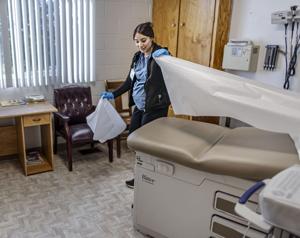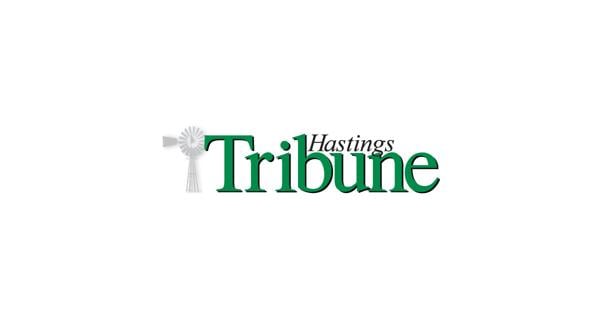New Mexico is grappling with a significant shortage of medical professionals, impacting healthcare delivery across the state. According to estimates from the federal Health Resources and Services Administration, New Mexico currently has about 83% of the healthcare professionals needed, falling behind the national average by approximately 10 percentage points. This gap is expected to persist through 2030, prompting urgent calls for systemic reform.
During a recent visit to Health Leadership High School in Albuquerque, Troy Clark, president and CEO of the New Mexico Hospital Association, highlighted the urgency of the situation. He posed a question to students regarding the healthcare positions facing the greatest shortages and received a unanimous response: “Every one.” This sentiment echoes throughout the state’s political and healthcare landscape, as policymakers recognize the need for a comprehensive strategy to address the shortfall.
Understanding the Shortage
The complexity of New Mexico’s healthcare shortages varies by specialty. For instance, the state currently has only about half of the psychologists required, with projections indicating that by 2030, it will meet only 29% of the demand. The shortage affects other critical areas as well, including addiction counseling and child and adolescent psychology, where current estimates indicate that New Mexico has adequate numbers to meet just over 50% of the need.
The issue is further compounded by the state’s struggle to implement Senate Bill 3, which mandates regional plans to identify and rectify gaps in behavioral health care. Despite significant funding aimed at enhancing the system, analysts have pointed out that a lack of strategic coordination among agencies has hindered progress.
Specialty Disparities and Legislative Responses
When considering the broader picture, New Mexico’s shortage of medical professionals is not uniform across all specialties. For example, the state is projected to have only about two-thirds of the anesthesiologists, cardiologists, dermatologists, gastroenterologists, and neurologists needed by 2030. Conversely, New Mexico exceeds national averages in emergency medicine, boasting a surplus of 109% of required emergency medicine doctors.
The state also faces a critical need for registered nurses, with current estimates indicating a requirement for more than 19,000 nurses, while only just over 12,000 are available. A report from the Legislative Finance Committee noted that in June alone, there were more than 2,700 job postings for registered nurses, significantly outpacing the demand for physicians.
Despite the challenges, there is a glimmer of hope regarding nursing shortages. New Mexico’s production of registered nurses is expected to improve, with the shortage projected to decrease by about 5 percentage points by 2030. Additionally, the state has a favorable supply of nurse practitioners, estimated to meet 158% of patient demand by that same year.
Troy Clark emphasized the need for multifaceted solutions, stating, “There’s not a silver bullet.” He argues that expanding student slots in healthcare programs, enhancing loan repayment options, and reforming tax policies are crucial steps to bolster the state’s healthcare workforce.
As New Mexico navigates its healthcare challenges, the need for coordinated efforts and comprehensive reform remains paramount. The future of healthcare in the state hinges on the ability of lawmakers and stakeholders to address these pressing shortages effectively.







